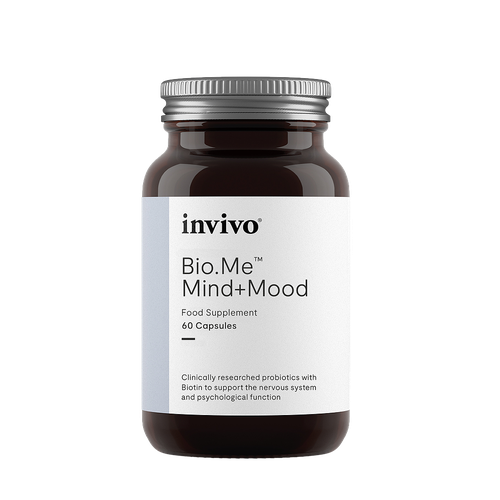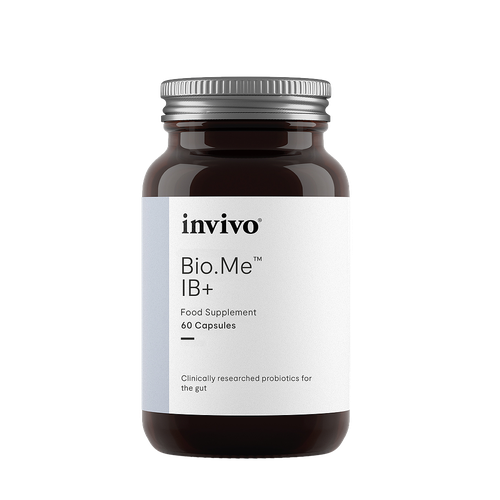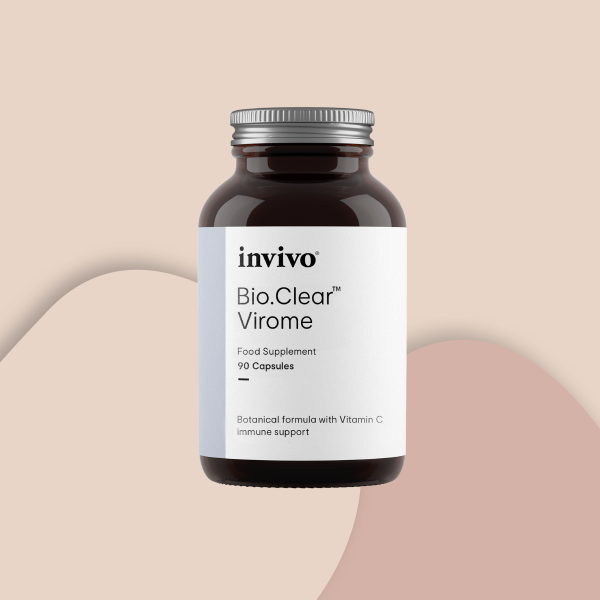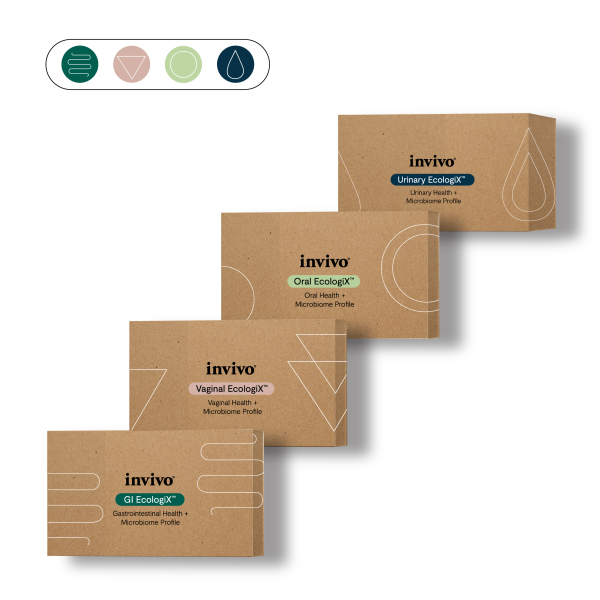Garlic Phytochemistry All You Need To Know
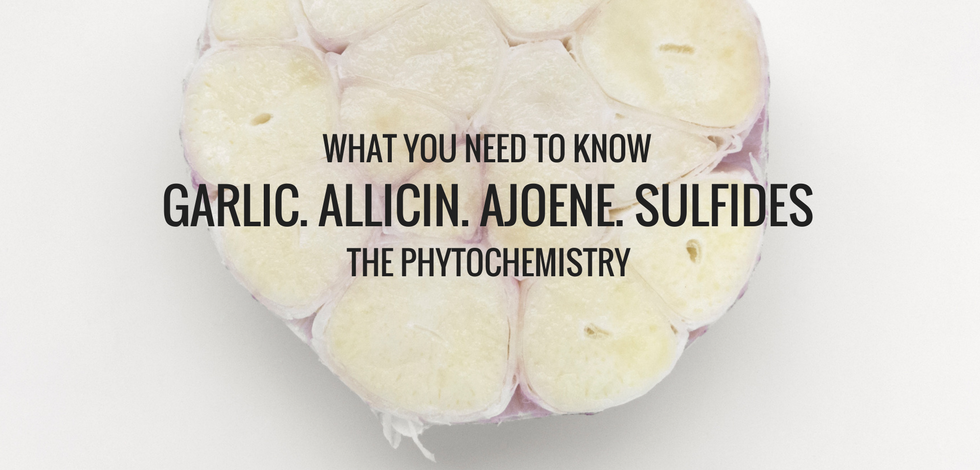
The phytochemistry of garlic is complex, but research shows that garlic’s unique organosulfur compounds are responsible for its broad range of health benefits.
The best known and studied of these bioactive compounds is allicin. Through its decomposition, allicin breaks down to form a variety of organosulfur compounds, which include garlic sulfides—diallyl sulfide (DAS), diallyl disulfide (DADS), and diallyl trisulfide (DATS) —and ajoene.
AllicinAllicin is not present in fresh, intact garlic cloves. The predominant sulfur compound in
whole, undamaged garlic is alliin. The alliinase enzyme, present in high levels in garlic, is contained in a separate compartment of the garlic, and it only acts upon its alliin substrate when the plant is injured. When fresh garlic cloves are crushed or chopped, or when garlic powder (that has been carefully dried to preserve its alliin/alliinase content) is added to water, allicin is quickly produced by the action of alliinase on alliin (4).
There are many problematic aspects of providing allicin in supplement form, yet many dietary supplement companies claim to provide a product that delivers allicin.
Allicin is often listed on labels as “allicin yield,” or “allicin potential,” reflecting the compound’s instability and the inability to specify and guarantee allicin content and potency. Allicin potential is measured in laboratories using dried garlic powder that is added to water so that the alliin and allinase can quickly react to form allicin. The amount of allicin produced is the measure of allicin potential.
However, this laboratory assay does not accurately reflect production of allicin when such garlic supplements are swallowed. The allinase enzyme is rapidly and completely destroyed by stomach acid, and allicin cannot be made from alliin in the absence of active allinase.
Some garlic products claim to address this issue by using an enteric coated delivery method. Unfortunately, such methods have unimpressive efficacy. In a report of testing twenty-three enteric coated U.S. garlic supplements, twenty of the twenty-three failed to release even 15% of their claimed “allicin potential” when placed in simulated intestinal fluid (4). The study authors concluded that allicin potential is a poor measure of garlic supplement activity in the human body and should not be used for the standardisation of garlic supplements.
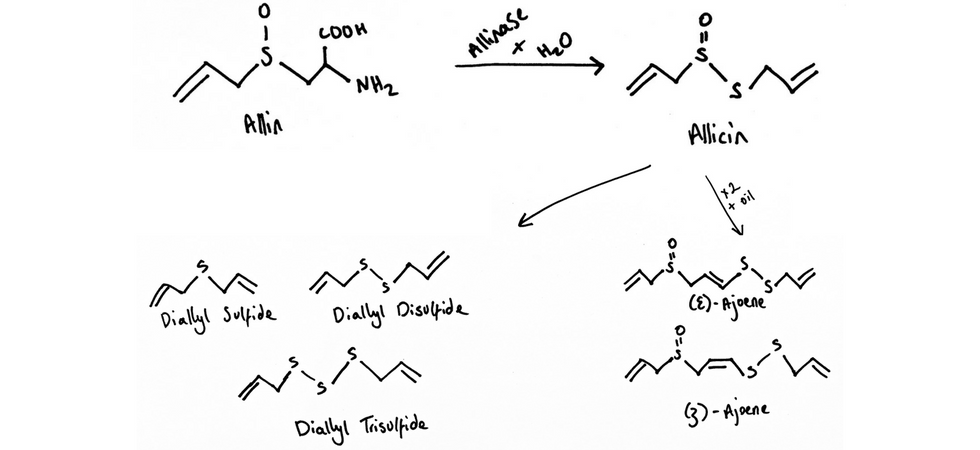
Garlic Sulfides Garlic sulfide compounds—diallyl sulfide (DAS), diallyl disulfide (DADS), and diallyl trisulfide (DATS) are produced by the decomposition, or reduction of allicin. They have an extensive body of research supporting their efficacy across a wide range of actions.
AjoeneAjoene (from “ajo,” the Spanish word for garlic) is a natural product of allicin degredation in oil, and it is one of the primary bioactive allicin metabolites (1). During research isolating ajoene and two other garlic compounds that inhibit human platelet aggregation, ajoene proved to be four times more potent than the other two (2,3). Ajoene is formed from a chemical reaction involving two allicin molecules when allicin is dissolved in various solvents including edible oils.
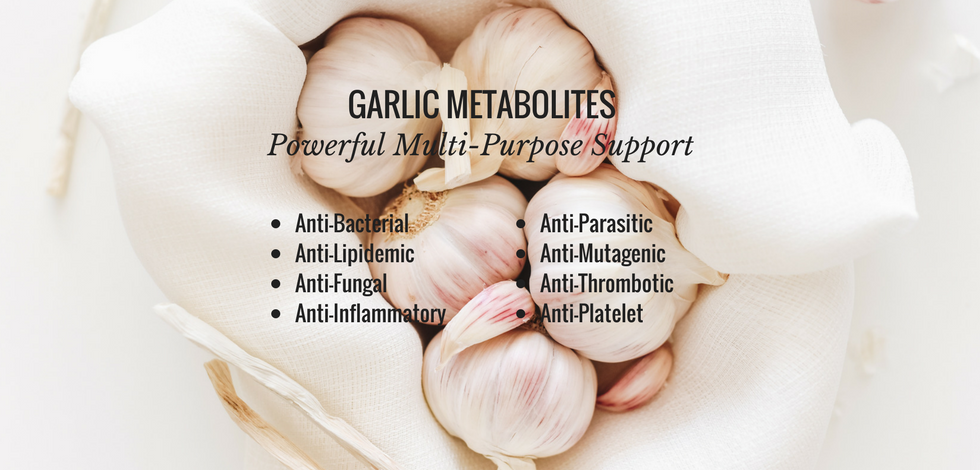
References:
1. Lawson LD, Wang ZJ, Hughes BG. Identification and HPLC quantitation of the sulfides and dialk(en)yl thiosulfinates in commercial garlic products. Planta Med. 1991 Aug;57(4):363-70.
2. Apitz-Castro R, Cabrera S, Cruz MR, et al. Effects of garlic extract and of three pure components isolated from it on human platelet aggregation, arachidonate metabolism, release reaction and platelet ultrastructure. Thromb Res. 1983 Oct 15;32(2):155-69. 3. Block E. Garlic and Other Alliums: The Lore and the Science. Royal Society of Chemistry. 2010. Allicin Transformations, Part 2: The discovery of Ajoene, p. 1904. Lawson, L. & Wang, Z. Low allicin release from garlic supplements: a major problem due to the sensitivities of alliinase activity. J Agric Food Chem 49(2001): 2592-99.
